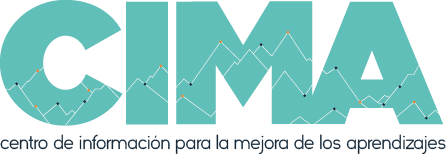CIMA's Mission: Fill the Data Gap
The highest-achieving education systems in the world set high standards for the skills their children and youth must obtain to succeed in life and become productive members of society. These systems also design ambitious plans to help their students reach such standards. They evaluate their students to determine if students have acquired the necessary skills and to ensure all students can achieve their maximum potential.
In Latin America and the Caribbean, these ambitious plans sometimes fail to come to fruition due to a lack of data. Even when clear goals and standards are set, it remains difficult to access measures that permit policymakers to verify the completion of certain goals. Many countries in the region regularly evaluate their students, but the results of such evaluations are not always available. This serves as an obstacle to promoting quality education.
CIMA, a joint initiative of the Education Division of the Inter-American Development Bank and regional governments, intends to fill the data gap with the goal of promoting comprehensive and evidence-based analysis that can guide the design and implementation of education policies and programs.
CIMA's objective is to encourage countries to:
OF DATA COLLECTION
AND ANALYSIS
AND INTERNATIONAL
LEARNING ASSESSMENTS
IMPACT OF
EDUCATION REFORMS
The CIMA team is actively working to provide a useful tool to collect, analyze, and disseminate education indicators and statistics throughout Latin America and the Caribbean. We are firmly convinced that only with a comprehensive understanding of how much and what our children can achieve can we ensure that all students in the region reach the TOP.
![]()
Indicators and Sources
As of now, the portal contains harmonized indicators for 26 countries in Latin America and the Caribbean from 2005 through the present.
The indicators come from three data sources:
HOUSEHOLD SURVEYS
ASSESSMENTS
STATISTICS
En la mayoría de los casos, el equipo de CIMA calcula los indicadores; en algunos casos los datos fueron recolectados por organizaciones internacionales, como UNESCO. In many cases, the CIMA team calculates the indicators; in others, the team gathers statistics from international organizations like UNESCO. The methodological guide provides detailed information about the source of each indicator.
